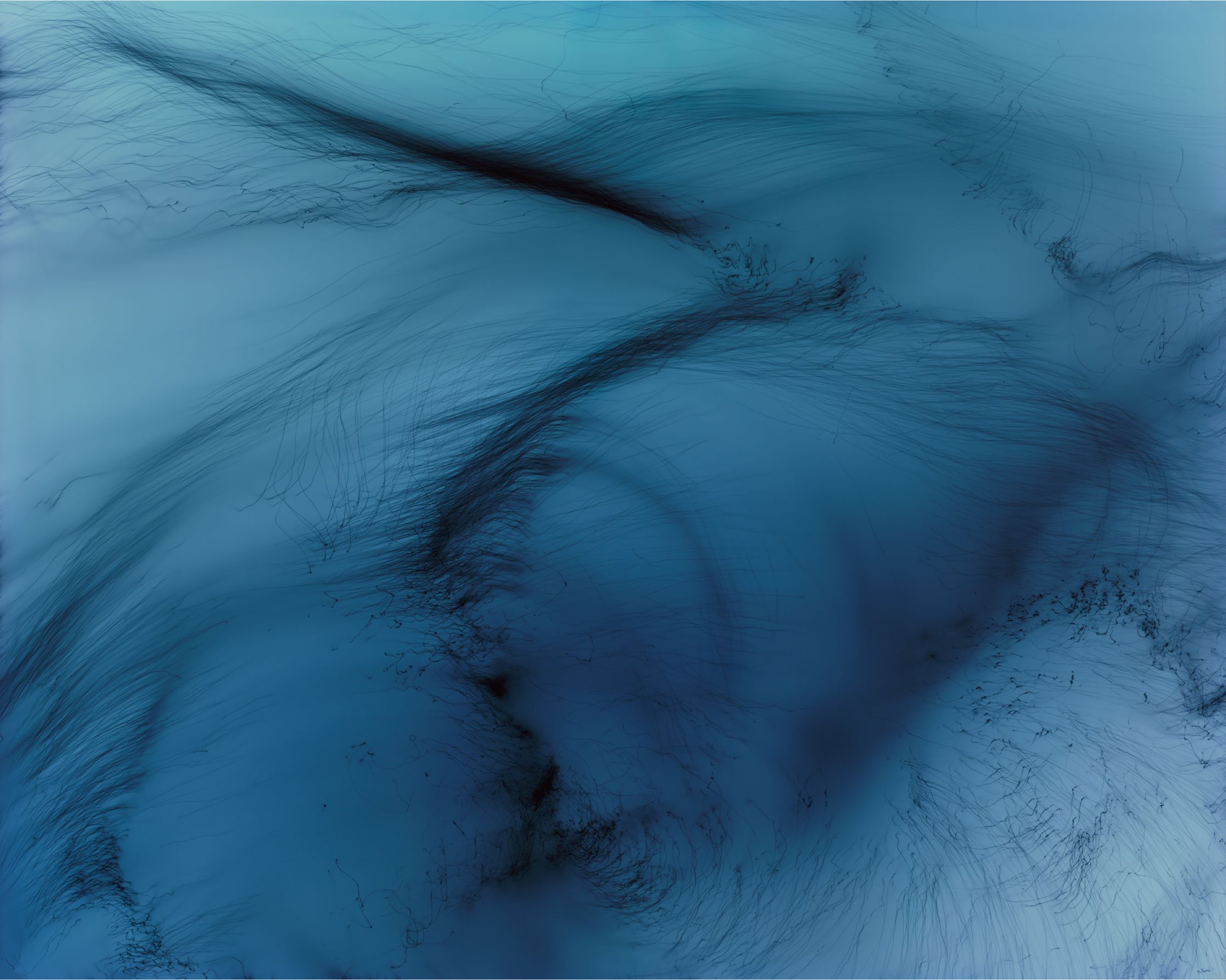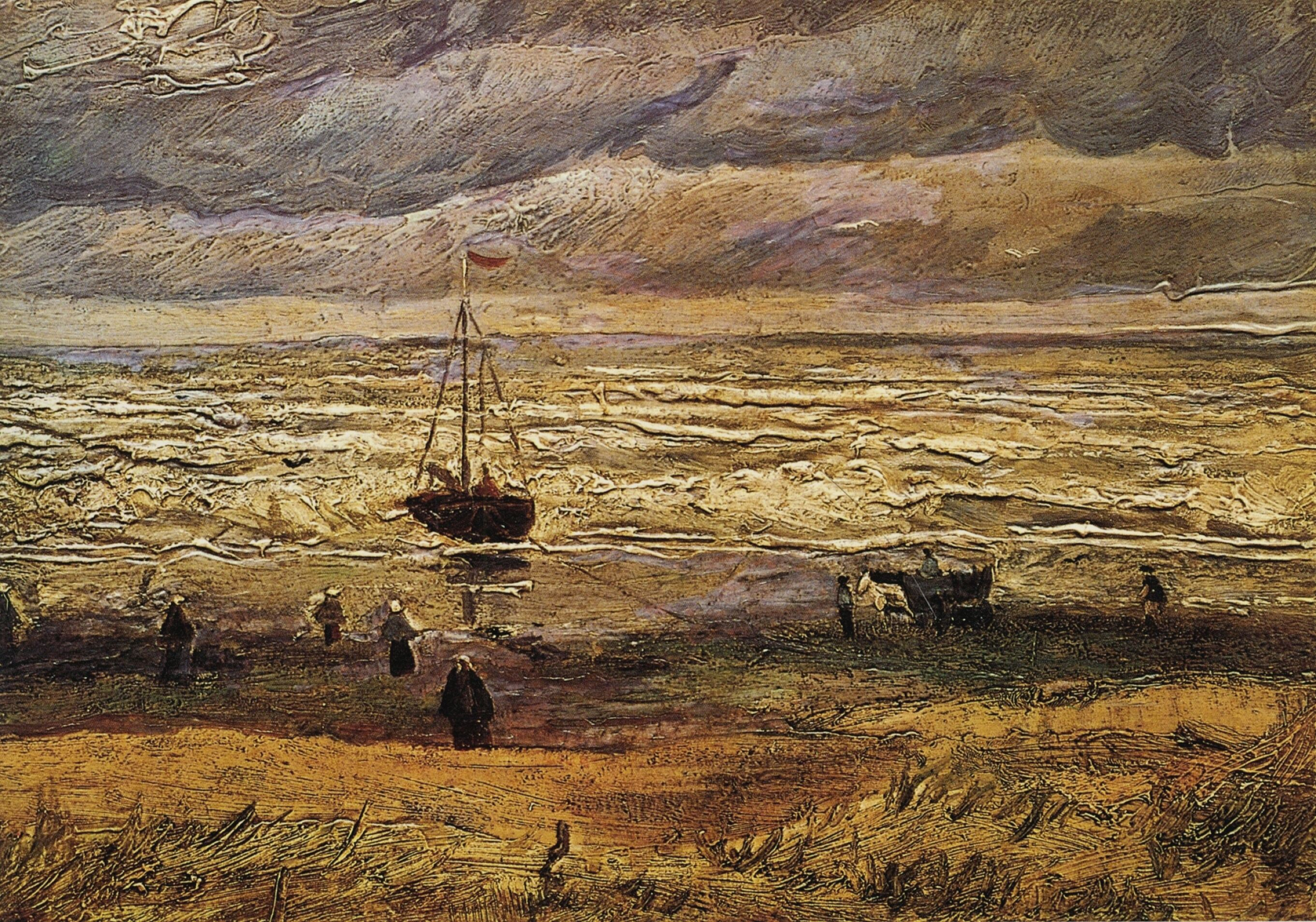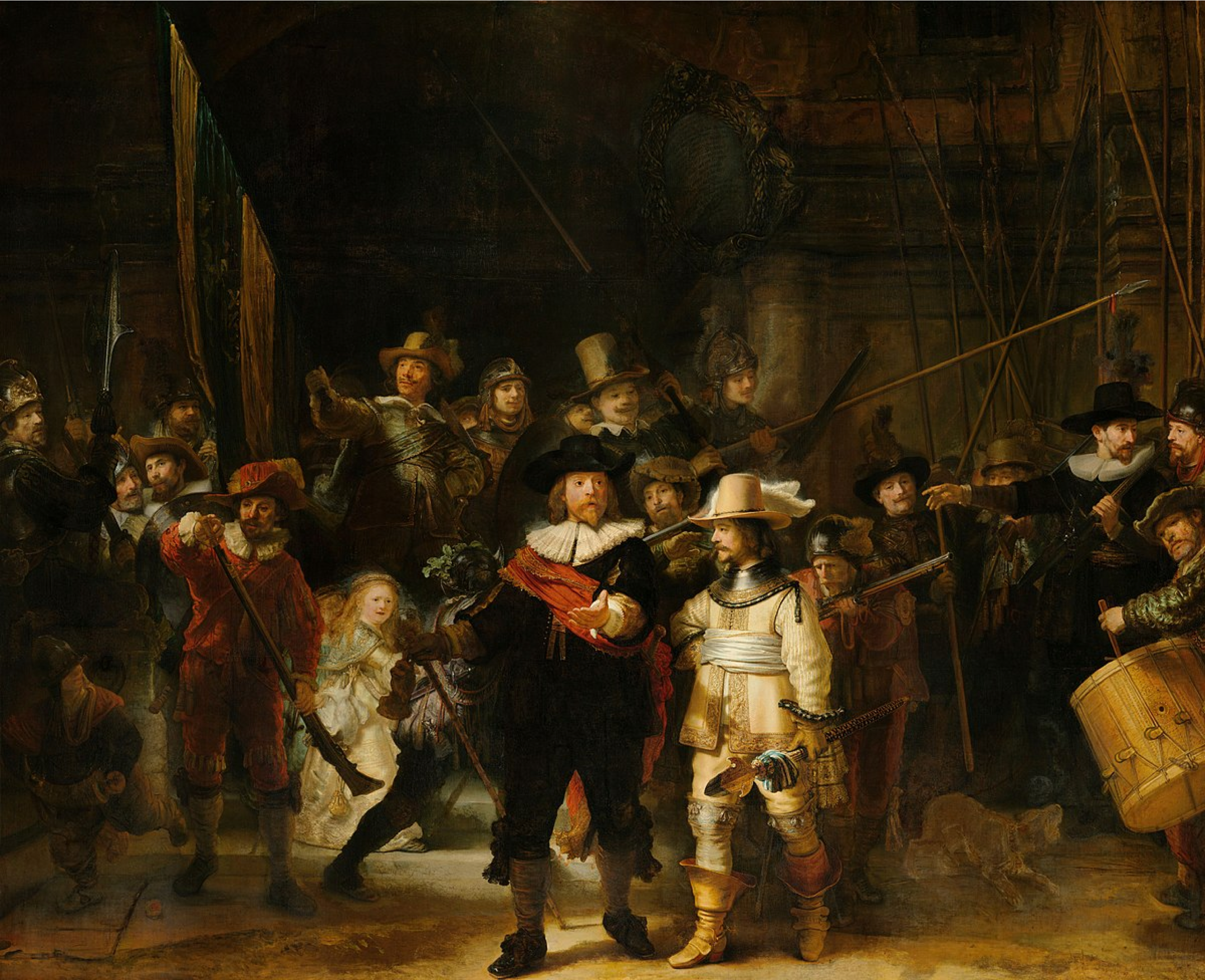Works of art and conways law
Prefer this in video form? Check out my video recording.
Hi! My name is Alex, and today I’d like to talk to you about works of art, and about creating things. Let’s go.
Exhibit 1

What you see above is a photograph titled “Freischwimmer 190”. It was made in 2011 by Wolfgang Tillmans. This photograph was developed without any camera, or film. Wolfgang did not lift his camera, point it to something blue, and click a button. Instead, Wolfgang entered his (very) dark room, prepared a chemical mix used for developing photographs, added some random particle elements such as dust, then let some random flashes of light in the room. Wolfgang did not directly create this object but rather, Wolfgang created the machine and process that made this object.
Exhibit 2

This second exhibit is a painting titled “View of the sea at Scheveningen” and it was created by Vincent Van Gogh in 1882. As you can see, it belongs to the well-established genre of “dutch guy paints sea shadowed by ominous clouds in 49 shades of gray and/or yellow”. But at the same time, it’s different. This painting doesn’t just show the beach of Scheveningen, it actually contains it. You see, Vincent was painting on location at the beach, and the weather was indeed getting stormy, so the wind blew lots of sand into his painting. He managed to remove some of it, but not all. Vincent’s choice to paint on location, and the randomness of the weather, resulted in sand still being part of the painting today.
Exhibit 3

This third work of art is Rembrandt’s famous painting “The Night Watch”. This is one of the most famous dutch paintings of all time and there are a lot of things to say about it, from its missing parts to the vandalism attempts, to the AI-supported restoration efforts, but I wanna focus on one: Paint. Some of the colours Rembrandt used for the painting included arsenic. When exposed to sunlight and air, this arsenic eventually degrades into toxic byproducts. What was standard for the time, could be life-threatening for those who interact with this painting today.
Conway’s Law
Conway’s Law is a fairly popular concept in business. It states that:
“Any organisation that designs a system (defined broadly) will produce a design whose structure is a copy of the organization’s communication structure”
In other words, the way you function as a company, your priorities, concerns and internal politics will all be reflected in your company’s products and processes.
What I want to point out through these examples, however simple it may sound, is that you should be conscious of the way you work, because it will have an impact on your creations. An impact that could be controlled chaos, invisible, or even toxic.
Thank you for reading.
You can browse more of my thoughts over at https://alkoclick.space/blog